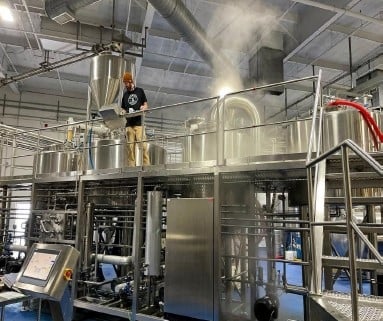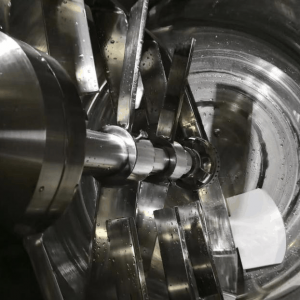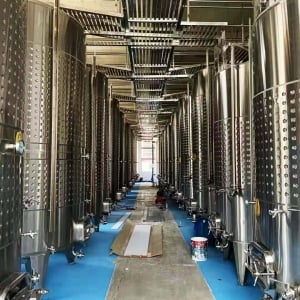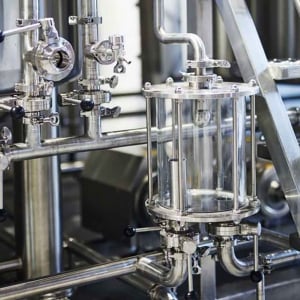Craft Fermentation Tank
Overview of Craft Fermentation Tanks
Craft fermentation tanks are an essential component of any brewing system, particularly in the production of beer, wine, cider, or other fermented beverages. The fermentation process is crucial for turning sugars into alcohol and adding the nuanced flavors that distinguish craft beverages. A fermentation tank, often referred to as a fermenter, plays a critical role in maintaining optimal conditions for yeast activity, temperature control, and even carbonation in some instances.
In this article, we’ll dive deep into everything you need to know about craft fermentation tanks, from the different types of tanks available to the features, pros, cons, and maintenance tips. We’ll also explore how to select the right tank for your brewing needs and look at price ranges and the importance of customization.
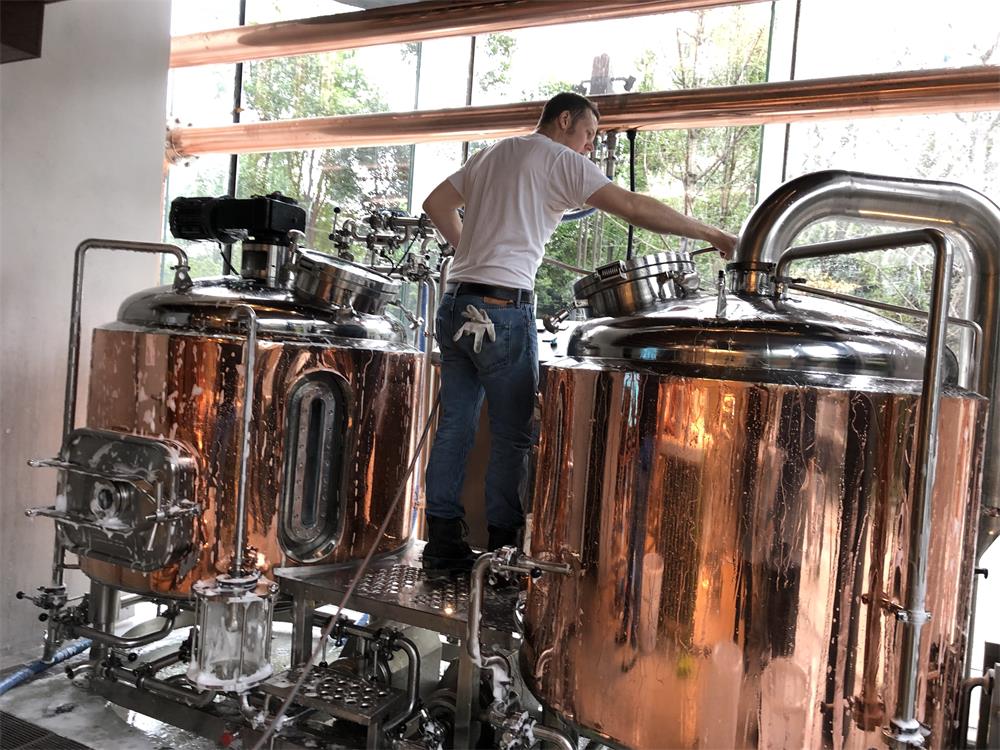
Craft Fermentation Tank Equipment Guide
Fermentation tanks are designed specifically for housing the process of fermentation. These tanks must meet specific technical requirements to create the ideal environment for the yeast to work its magic. Let’s take a closer look at the different types of fermentation tanks and their key features.
| Type of Fermentation Tank | Material | Features | Best Used For |
|---|---|---|---|
| Cylindroconical Fermenter | Stainless Steel | Pressure-resistant, easy-to-clean, cone-shaped bottom for yeast harvesting | Beer, Kombucha, Mead |
| Flat Bottom Fermenter | Stainless Steel, Plastic | Simpler design, often used in smaller operations or hobby brewing | Wine, Cider |
| Unitank | Stainless Steel | Designed for both fermentation and conditioning in the same tank | Beer and other carbonated beverages |
| Open Fermenter | Stainless Steel, Concrete | Allows for natural airflow, traditional style | Open fermentation beer styles like Saisons |
| Jacketed Fermenter | Stainless Steel | Temperature control with glycol jackets for precise regulation | Beer, Wine, Kombucha |
Types of Craft Fermentation Tanks
Understanding the different types of craft fermentation tanks is critical for brewers looking to produce consistent and high-quality beverages. The design of a tank directly influences the control a brewer has over the fermentation process, including temperature regulation, yeast activity, and flavor development. Below, we provide a breakdown of the most popular fermentation tank types.
- Cylindroconical Fermenter: Known for its iconic cone-shaped bottom, this fermenter is a favorite among professional brewers. The cone shape allows for easy yeast collection, as the yeast settles at the bottom of the tank. Additionally, it supports multiple fermentation cycles, making it a highly efficient choice.
- Flat Bottom Fermenter: This tank type is commonly used by hobbyists or smaller breweries. It’s generally simpler in design, which makes it less expensive, but it lacks the advanced features like pressure resistance or yeast collection systems found in cylindroconical tanks.
- Unitank: A unitank is a versatile fermenter that combines the functions of fermentation and conditioning. These tanks are pressurized and used to carbonate beer, eliminating the need for a separate conditioning tank.
- Open Fermenter: For specific traditional styles like Belgian ales, open fermenters are preferred. These tanks expose the liquid to air during fermentation, which introduces wild yeasts and bacteria that add unique flavors.
- Jacketed Fermenter: Temperature control is paramount in the fermentation process, and jacketed fermenters are equipped with cooling jackets that circulate glycol or another cooling agent around the tank to maintain the desired temperature.
The Brewing Process: Craft Fermentation Tanks in Action
Once the wort (unfermented beer) is prepared, it is transferred to the fermentation tank, where yeast is added. The yeast consumes the sugars present in the wort, converting them into alcohol and producing CO₂. The following steps highlight how craft fermentation tanks are integral to this process:
- Primary Fermentation: The initial fermentation period, lasting from a few days to several weeks, depending on the beverage. Temperature control is critical here, which is why glycol-jacketed tanks are popular.
- Secondary Fermentation: For beverages like beer or sparkling wines, a second fermentation may be carried out in the same or a different tank, often referred to as a conditioning tank.
- Yeast Collection and Repitching: In conical fermenters, yeast settles at the bottom and can be collected for reuse in future batches, which increases efficiency and reduces waste.
- Carbonation: In a pressurized unitank, brewers can carbonate beer during fermentation by introducing CO₂ into the tank. This eliminates the need for a separate carbonation step later on.
- Temperature Control: Precise temperature regulation is essential throughout the brewing process. With jacketed tanks, brewers can maintain the exact temperature needed for the fermentation and conditioning stages, ensuring consistent flavor and quality.
Fermentation Tank Capacity, Design, and Customization
When choosing a fermentation tank, one of the first decisions to make involves capacity. Craft fermentation tanks come in various sizes, ranging from small tanks designed for homebrewing to massive industrial tanks for large-scale breweries. Below is a breakdown of different factors involved in selecting the right tank size and design:
| Tank Size | Volume (in gallons) | Best For | Design Considerations |
|---|---|---|---|
| Small Tanks (1-15 BBL) | 31-465 gallons | Homebrewing, Small Batch Production | Easier to clean and maintain, cost-effective for beginners |
| Medium Tanks (15-50 BBL) | 465-1,550 gallons | Craft Breweries | Offers a balance between batch size and space-saving designs |
| Large Tanks (50+ BBL) | 1,550+ gallons | Industrial Scale Production | Requires larger space, higher upfront investment, often includes advanced automation |
Customization Options:
Fermentation tanks can be customized to meet specific brewery needs. Common customization features include:
- Pressure Ratings: Some brewers need tanks that can withstand high pressure, especially for carbonated beverages.
- Temperature Control: Adding glycol jackets or insulation for precise temperature regulation.
- Fittings and Valves: Customizable fittings for easier yeast harvesting, oxygenation, and product transfer.
- Aesthetic Design: Breweries often opt for visually appealing tanks, especially in open-concept breweries where customers can see the equipment.
Craft Fermentation Tank Suppliers and Price Range
Choosing the right fermentation tank supplier is crucial for quality assurance and long-term investment in brewing equipment. Here’s a look at some top suppliers and general price ranges.
| Supplier Name | Specialty | Price Range (USD) | Location |
|---|---|---|---|
| Blichmann Engineering | Homebrewing and small batch tanks | $2,000 – $8,000 | USA |
| SS Brewtech | Cylindroconical and Unitanks | $4,000 – $15,000 | USA |
| Letina | Wine and beer fermentation tanks | $5,000 – $30,000 | Europe |
| Cedarstone Industry | Industrial scale brewing tanks | $10,000 – $50,000+ | USA and Global |
| Premier Stainless Systems | Custom stainless steel fermenters | $15,000 – $60,000+ | USA |
Installation, Operation, and Maintenance of Craft Fermentation Tanks
Installing, operating, and maintaining fermentation tanks requires careful attention to detail to ensure they function optimally over time. Below is an overview of the essential factors to consider:
| Factor | Details |
|---|---|
| Installation | Considerations include space availability, plumbing, electrical setup, and any required permits. Larger tanks often require professional installation to ensure proper fitting and alignment. |
| Operation | Operating a fermentation tank involves managing temperature, pressure, and yeast activity. Automation systems are available to make this process easier, especially for large-scale operations. |
| Maintenance | Regular cleaning and sanitization are essential to prevent contamination. Stainless steel tanks are preferred for their durability and ease of cleaning. Valves, fittings, and seals should be inspected regularly for wear. |
How to Choose a Craft Fermentation Tank Supplier
Selecting the right supplier is critical, as it directly impacts the quality of the tank and the support you’ll receive during and after purchase. Here’s a comparison guide to help with decision-making:
| Consideration | Details |
|---|---|
| Reputation | Research supplier reviews and industry reputation to ensure reliability. |
| Customization Options | Does the supplier offer the customization you need for your brewing setup? |
| Customer Support | Consider whether the supplier provides ongoing technical support. |
| Price vs. Quality | While price is important, balancing cost with long-term durability and quality is key. |
| Delivery Times | Some suppliers have long lead times. Ensure you select a supplier with a reasonable timeline for your project. |
Advantages and Disadvantages of Craft Fermentation Tanks
Each type of fermentation tank offers its own unique set of pros and cons. Below is a comparison of the key advantages and limitations associated with popular tank types.
| Fermentation Tank Type | Advantages | Disadvantages |
|---|---|---|
| Cylindroconical Fermenter | Easy yeast collection, multiple uses, durable | Higher upfront cost, requires more space |
| Flat Bottom Fermenter | Simple design, cost-effective | Less efficient yeast harvesting, lacks pressure resistance |
| Unitank | Fermentation and conditioning in one, efficient for carbonation | Expensive, complex operation for beginners |
| Open Fermenter | Traditional style, unique flavor profiles | Risk of contamination, requires precise environmental control |
| Jacketed Fermenter | Precise temperature control | Higher cost due to advanced design |
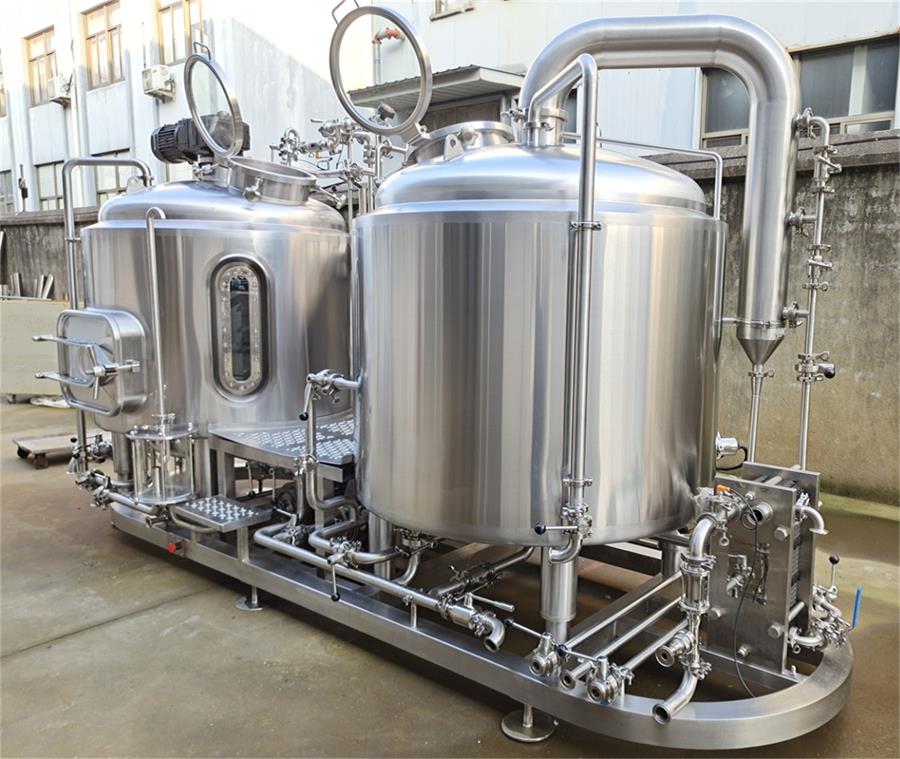
FAQ
| Question | Answer |
|---|---|
| What size fermentation tank should I get? | Choose based on your production goals. Small breweries may opt for 15-30 BBL tanks, while homebrewers can use 1-10 BBL tanks. |
| How do I clean a fermentation tank? | Use a CIP (clean-in-place) system for optimal cleaning. Ensure sanitization between each use to avoid contamination. |
| Can I ferment beer and wine in the same tank? | Yes, as long as the tank is thoroughly cleaned between batches. Some tanks are more versatile and can handle both processes. |
| What is a unitank? | A unitank is a fermentation tank that allows both fermentation and conditioning in one vessel, reducing the need for multiple tanks. |
| How much does a fermentation tank cost? | Prices range from $2,000 for small tanks to $60,000+ for large, industrial-grade fermenters. |
In conclusion, craft fermentation tanks are an essential part of the brewing process. Choosing the right tank requires careful consideration of factors like material, design, capacity, and price. Whether you’re a homebrewer or a large-scale craft brewery, understanding the types of tanks available and their unique features will help you optimize your brewing process and create high-quality beverages.

